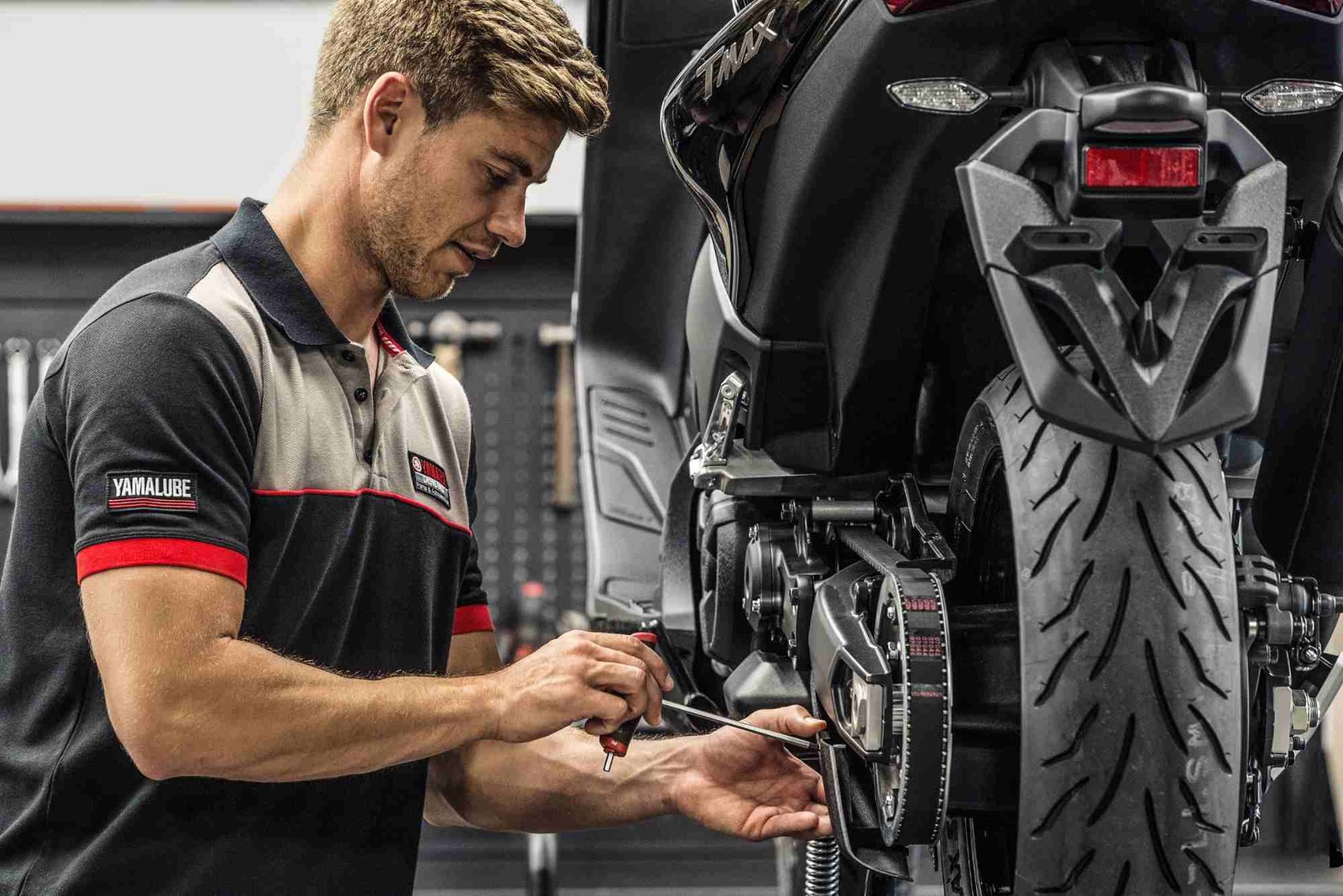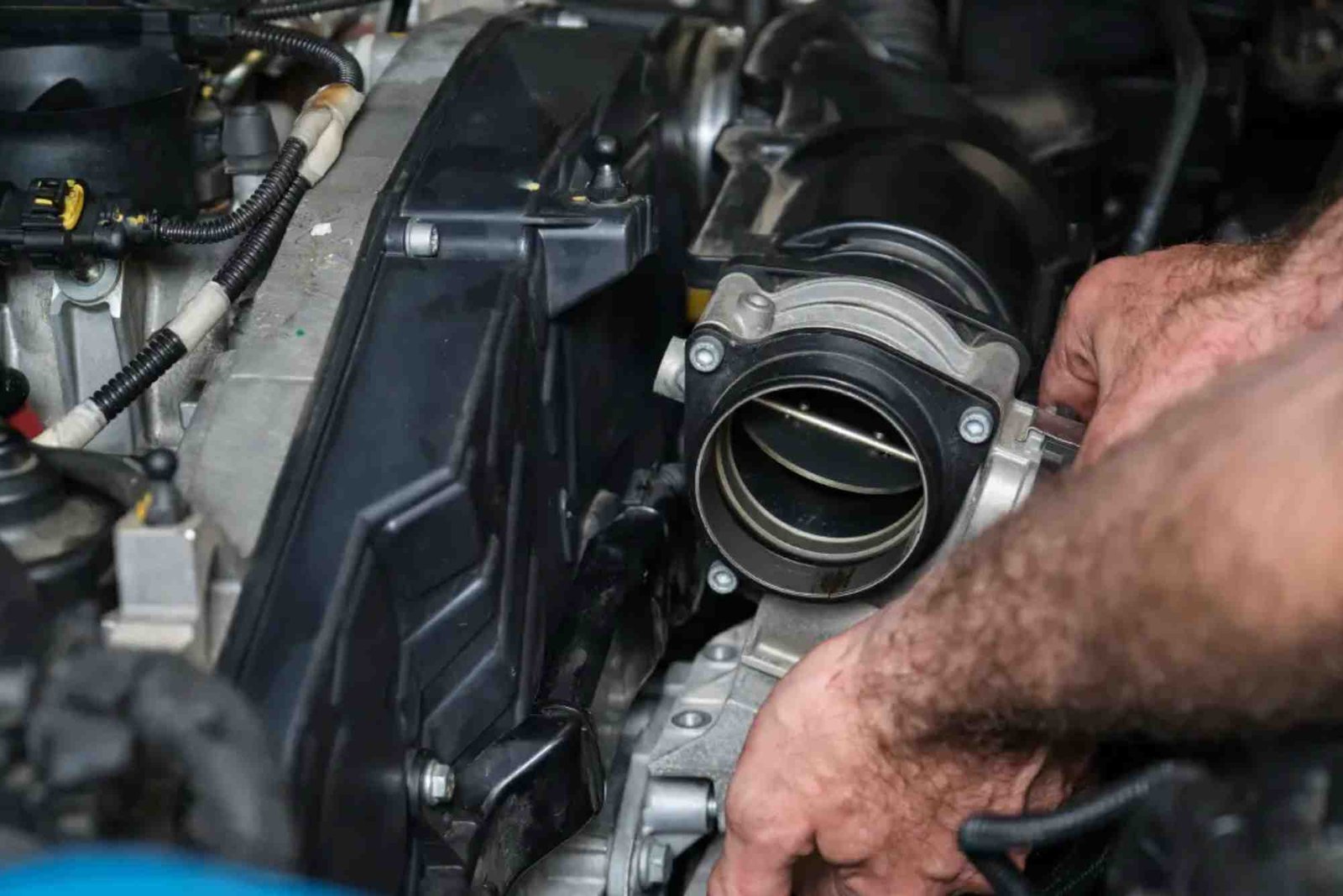Introduction
Starting a business in the automobile sector can be an exciting and profitable venture, especially when it involves spare parts. The automobile industry is growing at an incredible pace, and vehicles of all types—cars, bikes, and heavy machinery—need constant maintenance and parts replacement. In this Practical Guide: To Become A Spare Parts Dealer, we’ll walk through everything you need to know, from understanding the market and setting up your business to building supplier relationships and increasing profitability. Whether you’re new to entrepreneurship or expanding your existing automotive business, this guide will help you take the right steps confidently.
Understanding the Spare Parts Business
Before you dive into the business, it’s essential to understand what the spare parts market entails. The spare parts industry focuses on the sale of replacement components for vehicles. These can include everything from engines, filters, and tires to electronics and accessories. The demand for spare parts remains constant because vehicles require maintenance throughout their lifespan. Whether it’s an oil filter replacement or a full engine rebuild, the need never stops.
The market can be divided into two major categories—genuine parts and aftermarket parts. Genuine parts are made by the original vehicle manufacturers, while aftermarket parts are produced by third-party companies. As a dealer, you can choose to specialize in one or offer both, depending on your target customers and investment capacity.
The Importance of Market Research
Market research forms the foundation of your business success. You need to know which parts are in high demand, who your competitors are, and what your customers expect. Start by analyzing your local market—visit auto repair shops, talk to mechanics, and learn which parts they buy frequently. Also, check online platforms and forums to understand trends in spare parts sales.
Identify your target audience. Are you serving individual car owners, garage mechanics, or corporate clients managing fleets? Understanding this helps you decide which products to stock and how to price them competitively.
Choosing the Right Business Model
Your business model determines how you’ll operate and generate profit. There are generally two approaches to becoming a spare parts dealer: wholesale and retail.
If you choose a wholesale model, you’ll supply parts to garages, service centers, and other businesses. This model requires more capital but offers larger volume sales. The retail model, on the other hand, focuses on selling directly to end-users—vehicle owners and small workshops. Retail businesses are easier to start and can gradually expand into wholesale once you build a customer base.
Another modern option is e-commerce. Online platforms are transforming the spare parts market by connecting sellers directly with customers. If you create a professional website or use existing platforms, you can reach a broader audience and grow your sales beyond your local area.
Setting Up Your Spare Parts Business
Once you’ve chosen your model, it’s time to set up your business structure. Register your business according to local laws and get the necessary licenses and permits. Choose a strategic location for your shop—ideally close to vehicle workshops or in an area with heavy traffic.
Your store should be organized and well-stocked. Customers prefer shops where they can quickly find what they need. Create a catalog or digital inventory system to track your parts efficiently. If you plan to sell online, build a website that includes detailed product descriptions, clear pricing, and easy navigation for users.
Building Strong Supplier Relationships
Suppliers are the backbone of your spare parts business. Establishing reliable partnerships ensures consistent quality and availability of products. Research and compare multiple suppliers before signing any contracts. Look for suppliers who offer good credit terms, warranties, and fast delivery.
Attend trade fairs, exhibitions, and networking events to meet new suppliers and explore better deals. Building trust with your suppliers can also give you access to discounts and exclusive products. Remember, timely delivery and product authenticity can make or break your reputation as a dealer.
Pricing and Profit Margins
Pricing strategy is critical in the spare parts business. You must set prices that cover your costs while remaining competitive. Keep in mind factors such as import duties, shipping charges, and storage costs. Genuine parts generally have smaller margins but attract loyal customers, while aftermarket parts can offer higher profits with more flexibility in pricing.
Monitor your competitors’ prices and market demand frequently. Offering bundle deals or discounts on bulk purchases can attract repeat buyers and increase your sales volume. Always strike a balance between affordability and quality, as customers value reliability over short-term savings.
Marketing Your Spare Parts Business
Even the best products won’t sell if customers don’t know about them. Marketing is essential to growing your business. Start with offline strategies—place visible signage, distribute flyers, and collaborate with local garages and car wash centers to promote your shop.
Online marketing can help you reach a larger audience. Create a business profile on Google My Business, Facebook, and Instagram. Share posts about new arrivals, special offers, and maintenance tips. You can also create informative blog posts or videos explaining car maintenance, linking them to your website. For instance, you can read a Related Automobile article to see how lifestyle and automobile trends can be connected through content marketing.
If you want to specialize and learn more, visit How To Become A Spare Parts Dealer to explore further guidance on automobile entrepreneurship and business growth strategies.
Managing Inventory and Operations
Inventory management is one of the most challenging aspects of this business. Overstocking ties up your capital, while understocking frustrates your customers. Use inventory management software to track sales, restocks, and supplier performance. Categorize parts based on their demand and shelf life, ensuring fast-moving items are always available.
Regular audits and stock checks prevent losses and maintain accuracy. Keep your workspace clean and well-organized, as efficiency in operations translates to faster service and higher customer satisfaction.
Adopting Technology for Growth
Technology can take your spare parts business to new heights. Using modern tools such as CRM systems, inventory apps, and e-commerce platforms helps you streamline operations. Consider building a mobile-friendly website where customers can order parts directly or schedule deliveries.
You can also leverage data analytics to study customer behavior, identify trends, and optimize your marketing strategies. For instance, tracking which parts sell most during certain months can help you plan seasonal promotions and maximize profits.
Financial Management and Growth
Sound financial management ensures the sustainability of your business. Track all expenses, revenues, and profit margins carefully. Use accounting software to manage cash flow, and maintain separate accounts for business transactions.
Reinvest profits into expanding your inventory or upgrading your store. Once your business stabilizes, you can explore other opportunities such as offering repair services, partnering with auto manufacturers, or even launching your own line of branded parts.
Common Challenges and How to Overcome Them
Like any business, spare parts dealing has its challenges. Competition, counterfeit parts, and fluctuating demand can impact your operations. To overcome these, focus on authenticity and customer satisfaction. Offer warranties on products and build long-term relationships with customers.
Supply chain disruptions can also cause delays. To handle this, maintain multiple supplier connections and consider local manufacturing options for commonly used parts. Regularly update your business strategy to adapt to changing market conditions.
Legal Considerations and Compliance
Operating legally is crucial for long-term success. Ensure your business is properly registered with local authorities. Acquire all required licenses, and always issue receipts for transactions. If you import parts, comply with customs regulations and quality standards. Transparent operations not only protect you from legal issues but also build trust with customers and partners.
Customer Service and Retention
Customer satisfaction is what keeps your business thriving. Offer professional advice and support to customers who are unsure about which parts to buy. Be responsive to inquiries and provide after-sales assistance when needed.
Encourage customer feedback and use it to improve your services. You can even create loyalty programs or discounts for repeat customers. A positive reputation will lead to word-of-mouth referrals and consistent growth.
Starting a spare parts business can be one of the most rewarding entrepreneurial ventures if approached correctly. From understanding the market and choosing the right suppliers to managing inventory and building customer trust, every step matters. This Practical Guide: To Become A Spare Parts Dealer has outlined the essential elements to help you start strong and grow steadily.
If you’re ready to take the next step, explore More details about how industry trends and marketing strategies can shape your journey toward success. Start today, plan wisely, and soon, you’ll be running a profitable spare parts dealership that customers rely on for years to come.
FAQs
How much investment is required to start a spare parts business?
The initial investment can range from $5,000 to $50,000 depending on your scale, inventory, and location.
Do I need technical knowledge to become a spare parts dealer?
While technical knowledge helps, it’s not mandatory. You can hire experienced staff or learn through workshops and online courses.
How do I find reliable suppliers for my spare parts shop?
Attend auto expos, contact manufacturers directly, and build partnerships with verified distributors to ensure authenticity and quality.
What is the profit margin in the spare parts business?
Profit margins generally range between 10% and 40%, depending on the product type and market competition.
Can I run a spare parts business online?
Yes, e-commerce platforms are a growing trend in this sector. Selling online allows you to reach a wider audience and increase revenue.








